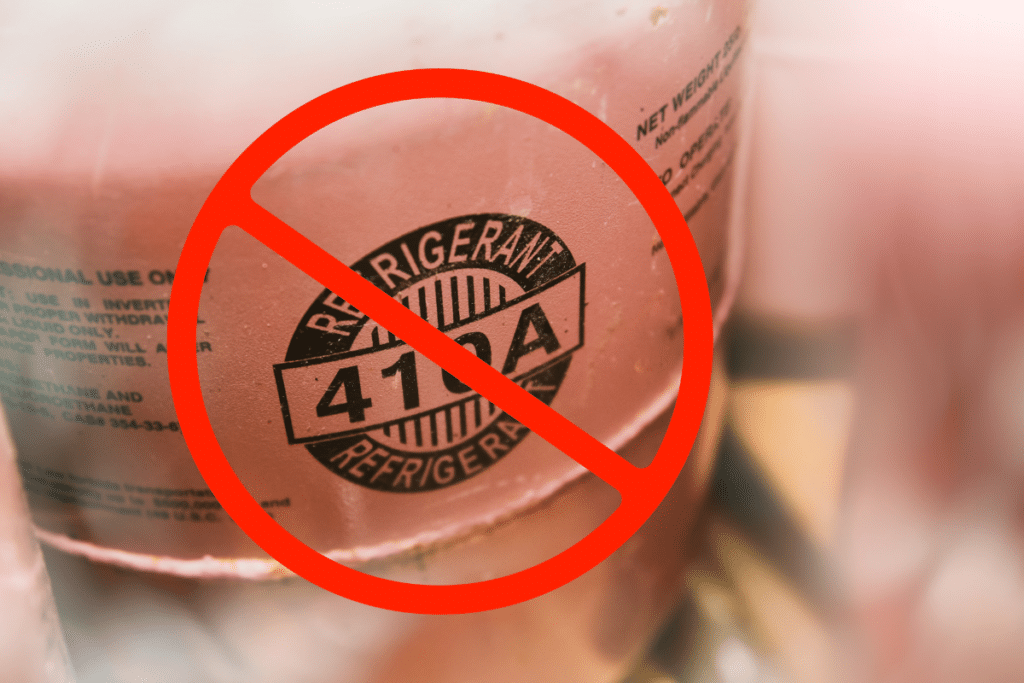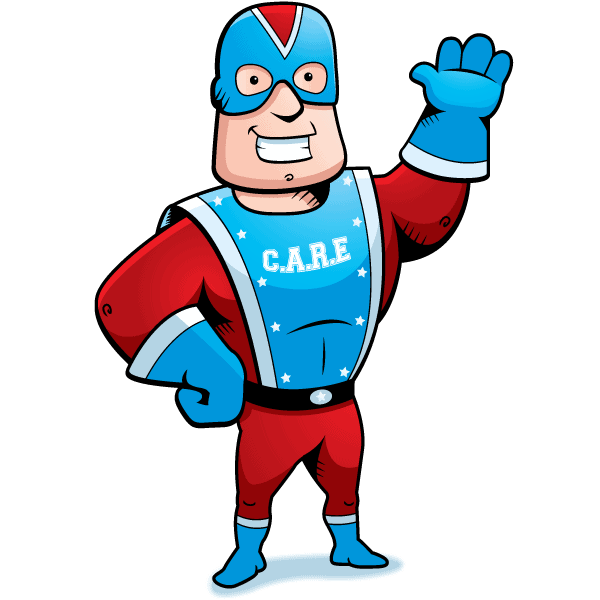In the dynamic world of the HVAC industry, changes are inevitable and often necessary to meet environmental standards. A significant change on the horizon is the R410a phase out, a commonly used refrigerant. This comprehensive guide dives deep into understanding the impact of this pivotal shift on the HVAC industry. As we navigate this transition, we’ll explore what the phase-out means for manufacturers, technicians, and consumers alike. We’ll also illuminate how this change is expected to foster a more sustainable future.
Why Is R410a Being Phased Out?
R410a has been the predominant refrigerant used in HVAC systems for decades. It rose to prominence in the 1990s as an alternative to the ozone-depleting R22. However, while R410a doesn’t harm the ozone layer, it is a potent greenhouse gas with a global warming potential (GWP) nearly 2,000 times that of carbon dioxide. This high GWP has prompted international environmental regulations to seek alternatives with lower environmental impact.
The Kigali Amendment to the Montreal Protocol, which many countries have ratified, mandates a phase down of hydrofluorocarbons (HFCs), including R410a. The Amendment aims to reduce the production and consumption of HFCs by more than 80% over the next 30 years. This commitment to curbing global warming has set the stage for the phase-out of R410a, despite its effectiveness as a refrigerant.
The phase-out process is gradual, allowing the industry time to adapt and transition to more environmentally friendly alternatives. Manufacturers, technicians, and consumers are all affected by this change, and it’s essential to understand what this means for each group. The overall goal is to achieve a balance between maintaining HVAC system efficiency and reducing environmental impact.
The Impact of R410a Phase Out on The HVAC Industry
The R410a phase out is a significant change for the HVAC industry. For manufacturers, it means redesigning systems to accommodate new, lower GWP refrigerants. These redesigned systems must meet the same performance and safety standards as those using R410a. This transition requires considerable research and development investment, testing new components and configurations, and ensuring compatibility with new refrigerants.
Technicians working in the HVAC industry also face changes due to the R410a phase out. They must be trained to handle and install systems using new refrigerants. This training involves understanding the different properties of these new substances, as well as learning how to safely and efficiently install and maintain systems using them. Technicians also need to be aware of the different equipment required for these new refrigerants.
For distributors and suppliers, the R410a phase out means adjusting their stock and supply chain. They must source and stock systems and components compatible with the new refrigerants. They also need to manage the transition period, during which they will likely have to handle both R410a and its replacements. This overlap can result in increased costs and logistical challenges.
What’s The Replacement for R410a?
Several potential replacements for R410a are being examined and tested. These include R32, R454B (Opteon™ XL41), and R290 (propane), among others. Each of these alternatives has a lower GWP than R410a, making them more environmentally friendly. However, they also have their own set of challenges and considerations.
R32, for example, has a GWP that is about one-third of R410a’s, and it’s already being used widely in some parts of the world, including Europe and Japan. However, R32 is mildly flammable, which raises safety concerns and requires changes in handling, storage, and transportation practices.
Opteon™ XL41, or R454B, is another promising alternative. It has the lowest GWP among all the leading R410a replacements being considered. Furthermore, it offers similar performance and safety characteristics to R410a, making it an attractive option for manufacturers.
R290, or propane, is a natural refrigerant with a very low GWP. While it’s an efficient refrigerant, it’s also highly flammable, which makes it unsuitable for certain applications and requires stringent safety measures.
How The R410a Phase Out Affects HVAC Consumers
The phase-out of R410a also has implications for consumers. As manufacturers transition to new refrigerants, consumers will need to replace their existing HVAC systems eventually. While existing R410a systems can continue to be serviced with R410a until the refrigerant is no longer available, new systems installed will use one of the new refrigerants.
The cost of new air conditioner installations may initially increase due to the research and development expenses manufacturers incur to redesign their systems. However, these costs are expected to decrease over time as production scales up and new systems become the norm. Furthermore, some of the new refrigerants are more efficient than R410a, which could result in energy savings for the consumer.
In terms of performance, the new HVAC systems are designed to provide the same level of comfort and functionality as R410a systems. Manufacturers are working hard to ensure that the transition to new refrigerants doesn’t compromise the efficiency, reliability, or safety of their products.
The Future of The HVAC Industry Without R410a
The R410a phase out is undoubtedly a significant change for the HVAC industry, but it also presents opportunities. The transition towards more sustainable refrigerants aligns the industry with global efforts to combat climate change. It’s a chance to innovate and develop new technologies that are efficient, effective, and environmentally friendly.
In the future, we can expect to see HVAC systems that not only cool and heat our spaces but also contribute to a more sustainable world. The research and development spurred by this transition may lead to advancements in HVAC technology, pushing the industry towards even greater efficiency and sustainability.
The HVAC industry is well-equipped to navigate this change. Manufacturers, technicians, and consumers are all key players in this transition. While there will be challenges along the way, the result promises to be a more sustainable industry that continues to provide comfort and efficiency to consumers, all while playing its part in protecting our planet.
If you have questions about the R410a phase out, give the American Air Cares team a call. We’re always happy to help and ready to serve if you need!





